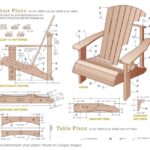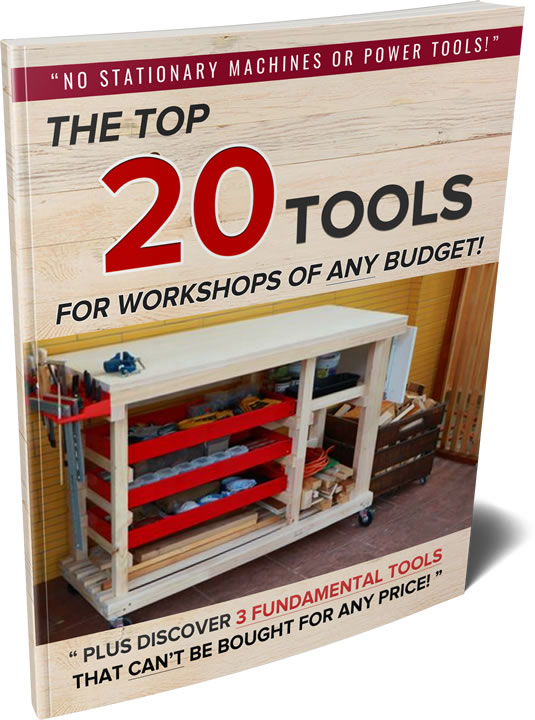
Joinery is the backbone of woodworking. It’s all about connecting pieces of wood together to create functional and beautiful items. Getting the basics right sets you up for bigger, cooler projects down the line. I’ll walk you through some essential info you’ll need when starting out.
First, let’s talk tools and materials. You’ll need a saw, hammer, chisel, tape measure, square, and clamps. A good-quality wood glue is your best friend. For wood, pine is affordable and easy to work with, perfect for beginners. Keep these in your toolkit, and you’re golden.
Safety’s a big deal, too. Always wear safety glasses and ear protection. Keep your workspace clean to avoid accidents. Sharp tools are safer than dull ones, so regular maintenance is key. Never rush your work—stay patient and methodical. Trust me, it’s worth it.
Mistakes happen, especially when you’re just starting. Avoid common errors like inaccurate measurements and improper gluing. Always measure twice, cut once. Practice on scrap wood before the real deal. You’ll get the hang of it with time and patience.
Simple Joinery Techniques for a Strong Start
Butt joints are the easiest way to start. They involve simply joining two pieces of wood together at their edges or ends. While they might not be the strongest, they’re super straightforward and excellent for basic projects. Use screws or nails, along with some wood glue, to secure the joint.
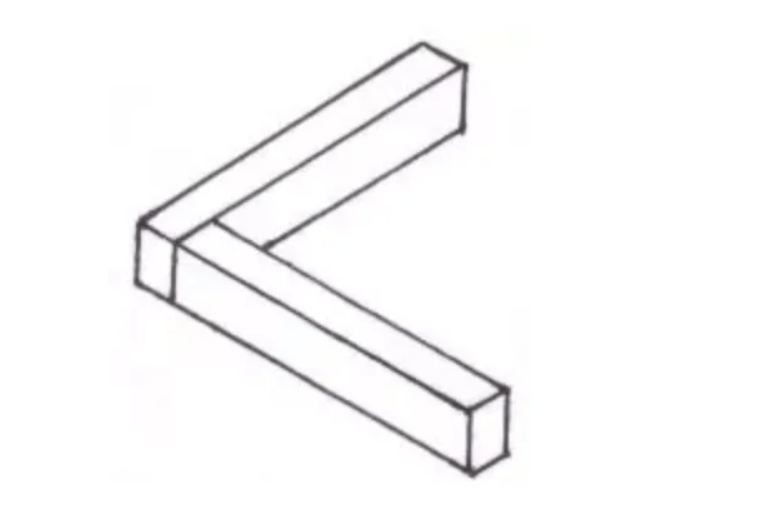
Dowel joints are another great beginner option. Dowels increase the joint’s strength. You’ll drill holes into the pieces you’re joining and insert wooden pegs (dowels). The trick here is getting those holes to line up perfectly—use dowel jigs to help with accuracy. Adding glue to the dowels ensures a strong bond.
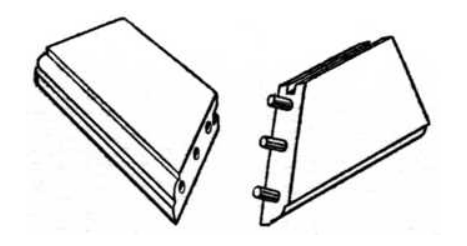
Biscuit joints are cool because they add stability and make for a cleaner appearance. You’ll cut small slots into the wood, insert an oval-shaped ‘biscuit’, and glue it all together. It’s a solid choice for joining edges and making panels. Just ensure the slots align perfectly for a seamless fit.
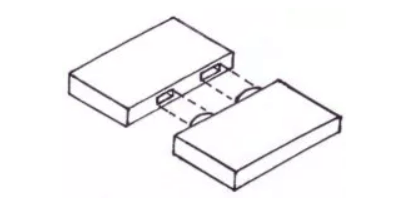
Lap joints add a bit of complexity but offer good strength. You’ll cut away half the thickness of each piece where the materials will overlap. This creates a flush joint that’s great for frames. Sharpen your saw and chisel for precise cuts. Practice on some offcuts to get a feel for it before moving to actual pieces.

Intermediate Techniques To Take Your Skills to the Next Level
Mortise and tenon joints are the bread and butter of traditional woodworking. They involve cutting a hole (the mortise) in one piece and a corresponding tongue (the tenon) on the other to fit snugly together. It’s a bit more involved but offers excellent strength and durability. Make sure to measure carefully and take your time with the cuts. Practice is key here.
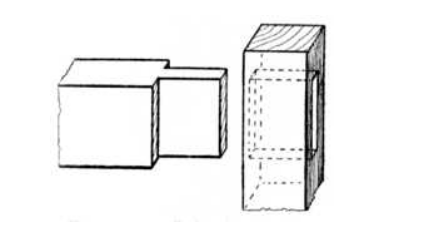
Finger joints are another step up. They look like interlaced fingers, providing a lot of gluing surface and great strength. You’ll need a jig to make accurately spaced cuts. This joint is perfect for boxes and drawers. Keeping your cuts precise will ensure a solid fit.
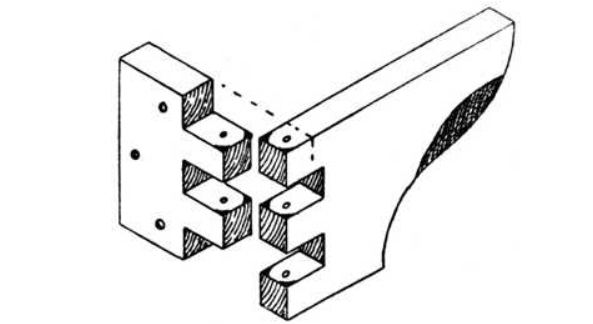
Dovetail joints are where function meets beauty. These joints are known for their strength and decorative appearance. They involve cutting a series of pins and tails that interlock. Dovetails can be tricky but are incredibly rewarding. Use a dovetail jig or try your hand at cutting them by hand—either way, patience and precision are crucial.
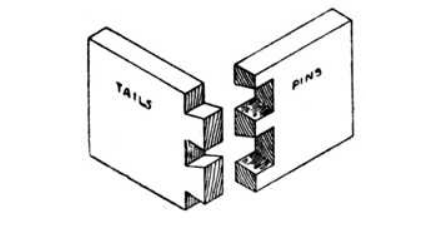
Pocket hole joinery gives you hidden strength. Drill an angled hole into one piece and screw it into another. It’s faster than traditional joints and great for hidden applications, like furniture frames. You’ll need a pocket hole jig for accuracy. The resulting joints are strong and don’t create a visible mess on your projects.
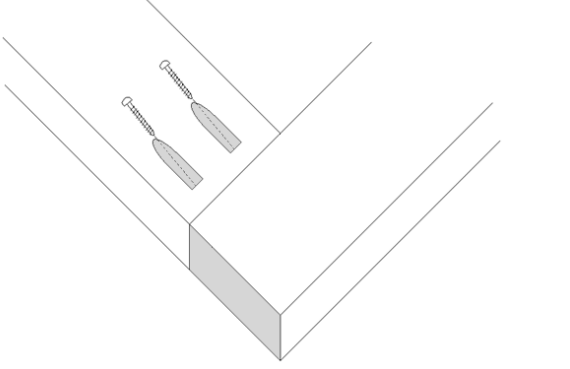
Troubleshooting and Perfecting Your Joinery Skills
Joinery isn’t just about getting the pieces together; it’s about how well they fit. If your joints aren’t lining up, double-check your measurements and angles. Remember, even a tiny misalignment can throw everything off. Don’t hesitate to sand parts down for a better fit.
Precision is your best tool. Always use a sharp pencil for marking and a fine tooth saw for cutting. Clamps are your best friend for holding everything in place while you work. The tighter the clamps, the less wiggle room you have when it comes to alignment.
Clamping and gluing can be tricky. Too much glue causes a mess; too little and the joint may not hold. Apply a consistent, thin layer of wood glue and press the pieces together firmly. Wipe away excess glue with a damp cloth immediately. Use the right clamps to hold the joint until the glue sets.
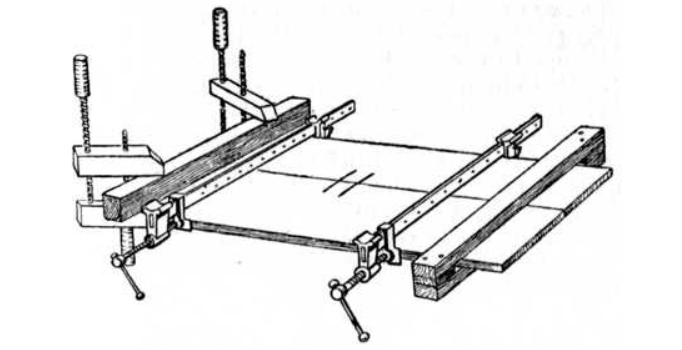
Regular maintenance of your tools can’t be overlooked. Dull tools don’t just make your job harder; they make it more dangerous. Keep chisels sharp, saw blades clean, and regularly check your equipment for wear and tear. Properly maintained tools ensure cleaner cuts and safer working conditions.
